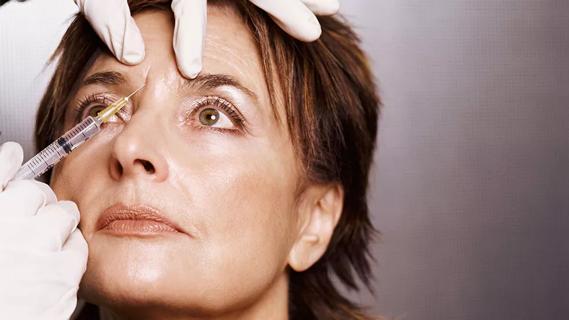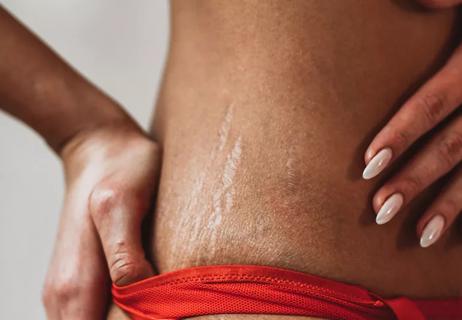When your skin is too acidic or too alkaline, you could experience acne, dryness and flakiness

Do you remember doing those high school chemistry experiments that tested the pH level of various substances? Your teacher passed out little strips of paper, and you exposed them to different kinds of liquid to see how acidic or basic they were.
Advertisement
Cleveland Clinic is a non-profit academic medical center. Advertising on our site helps support our mission. We do not endorse non-Cleveland Clinic products or services. Policy
If you didn’t grow up to become a scientist, you might think those tests (and those terms) would never be relevant to your life again. But if you care about your skin health, it’s worth revisiting those lessons of old.
Dermatology resident Taylor Bullock, MD, explains what pH means when it comes to your skin.
pH stands for “potential hydrogen,” where “potential” means “power.” It refers to how acidic a substance is — in this case, your skin. Everyone’s skin has its own pH, and bringing yours into balance can go a long way toward achieving the healthy skin you’re hoping for.
pH is measured on a scale of 0 to 14, with 7, right in the middle, representing a neutral pH. The lower a substance’s pH, the more acidic it is; the higher the pH, the less acidic it is. Put simply:
All kinds of things can affect the pH of your skin, including your diet, hygiene habits or which skin care products you use.
You might think that you’d want your skin to be a solid 7. Perfectly neutral, right? That’s a logical assumption, but it’s actually not the correct one.
“For adults, the skin’s normal pH is about 5.5, which is just a little bit acidic,” Dr. Bullock shares. “This acidity helps maintain the balance of the skin’s natural oils and protect it from harmful bacteria.”
Advertisement
The skin on your face and hands is typically more alkaline than the skin on parts of your body that aren’t exposed as often — think armpits, groin, etc.
“If your pH becomes too high or too low, that disrupts the skin’s natural microenvironment,” Dr. Bullock explains. “Your normal, healthy bacteria don’t grow as well, and the skin barrier doesn’t work as well.”
When the pH of your skin becomes too acidic or too basic, it can lead to skin issues:
Disrupted skin pH is associated with chronic skin conditions like:
If you’re experiencing ongoing issues with your skin — like acne, flaking, dryness or irritation — that’s probably a good sign that something is off. Left to your own devices, though, there’s no real way to test your skin’s pH level.
At least one skin care company offers a wearable sensor that claims to be able to tell you your skin’s pH and propose a new, customized skin care regimen for you. But the best thing to do it is always to see a dermatologist, who’ll know exactly what questions to ask to help identify whether your skin’s pH is off-balance.
“Once they’ve learned more about your skin care habits, your environment and how your skin behaves, they can provide guidance about what sort of products and practices are likely to be best for you, along with what you should avoid,” Dr. Bullock states.
When you’re choosing skin care products, it can be tough to know what they’ll do for your pH level. But there are some helpful clues and rules of thumb:
Advertisement
Learn more about our editorial process.
Advertisement

With repeat injections over time, you may be able to slow the development of new wrinkles

Pure cocoa butter can help keep your skin supple, with a subtly delicious scent

Skip the butters, creams and oils and instead try tretinoin — or just let time work its magic

Animal safety and bacterial infections are concerns

A dermatologist addresses those specks on your skin

Most recommended precautions center around minimizing bruising or swelling

Even one drink can have an impact on your cognitive function leading to slurred speech, blurred vision and impaired memory

Type 2 diabetes isn’t inevitable with these dietary changes

Applying a hot or cold compress can help with pain